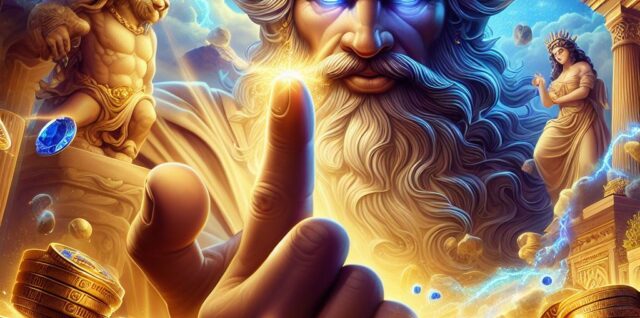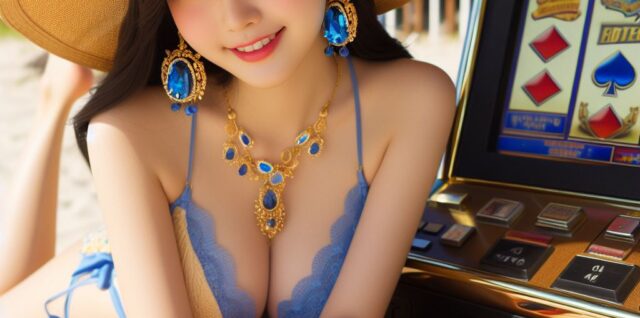Mengungkap Rahasia Jackpot Besar di Zeus Slot Online

Mengungkap Rahasia Jackpot Besar di Zeus Slot Online merupakan judul dari sebuah artikel kami kali ini. Kami ucapkan Selamat datang di businesshala.com, Mengungkap Kisah Sukses di Balik Gulungan Slot Online. Pada kesempatan kali ini, kami masih bersemangat untuk membahas soal Continue reading Mengungkap Rahasia Jackpot Besar di Zeus Slot Online








